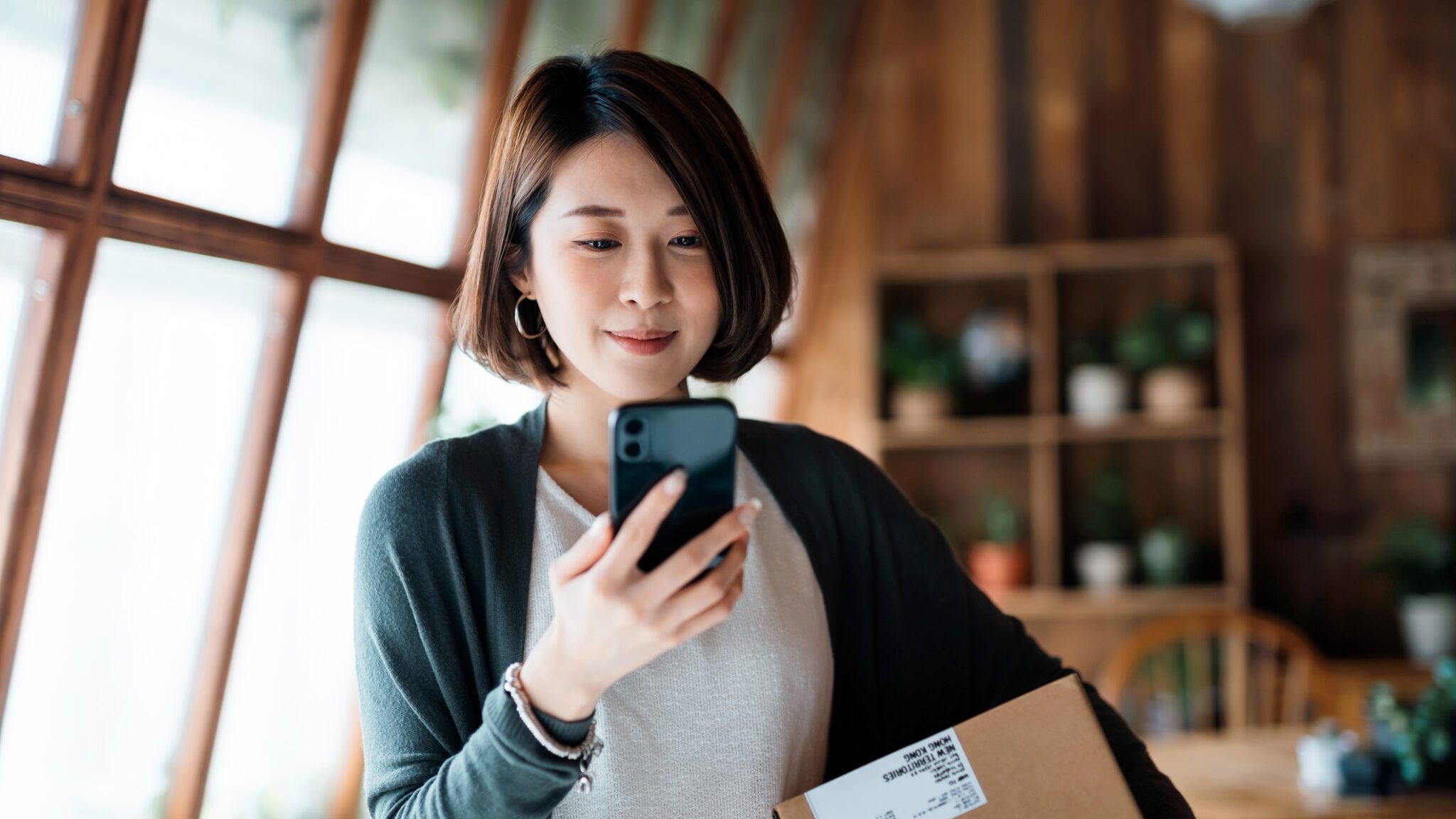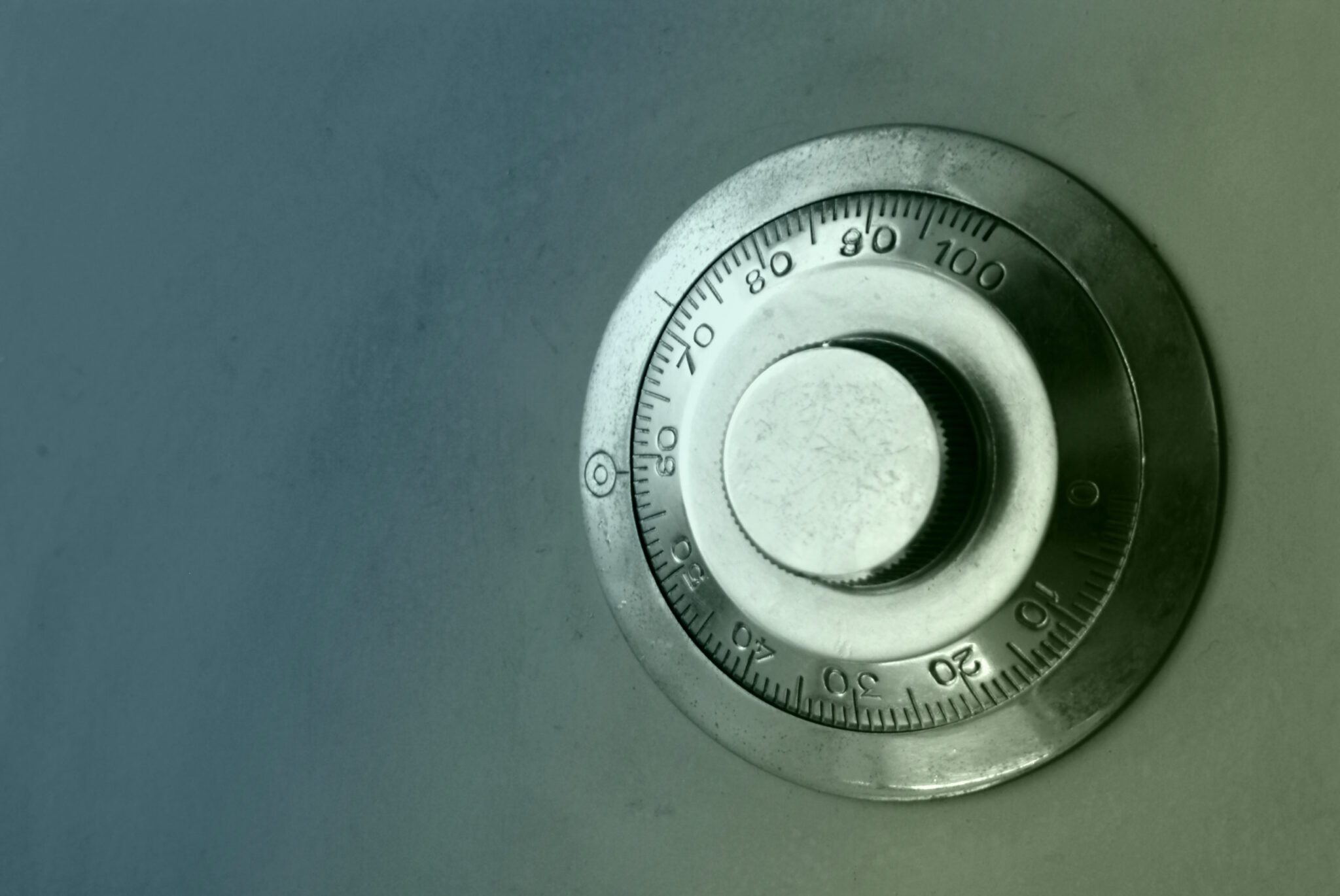Brand Abuse in Korean e-Commerce Marketplaces

Francesca Tocco
May 31, 2022
The global pandemic accelerated digital commerce as the brick-and-mortar shopping experience faded into the background and continued to lag, plagued by consumer fears and supply chain issues. South Korea experienced this hyper-growth by becoming the sixth-largest market for e-commerce in 2021, generating 92 billion U.S. dollars. And though South Korean e-commerce is known for delivering fast and convenient online shopping services to millions of consumers via a network of e-commerce platforms, those platforms have been plagued by infringement and brand abuse.
The abuse ranges from copyright and trademark infringement to illegal importing and sellers offering prohibited items like samples and testers. The companies experiencing the most abuse are typically luxury brands, jewelry, and beauty products.
And while many of these marketplaces are trying to mitigate fraud, enforcement is difficult on such a large scale. Not all marketplaces and enforcement efforts are created equal and a quick review of the significant sites reveals which type of abuse happens and what can be done when bad actors strike.
Top Korean e-commerce sites
Gmarket is the most popular online marketplace in South Korea, with 6.97 million unique visitors as of March 2021. In 2009, Gmarket became a subsidiary of eBay. Its easy navigation capabilities make it a highly recommended e-commerce site by shoppers both inside and beyond Korea. The site is accessible in multiple languages, including Chinese and English, and offers a wide range of products. In addition to buying and selling, platform users can initiate private trades.
11STREET is the second-most popular e-commerce website in South Korea. It is a subsidiary of SK Telecom and was most recently acquired by the global e-commerce giant, Amazon, which has been trying to enter the South Korean market. Similar to Gmarket, 11STREET offers a wide range of products and is accessible in multiple languages. From both the app and website, users can source products from foreign brands.
Interpark, operating since 1996, is both a shopping and auction platform. As they expanded their business, they were able to create an English version website called Global Interpark. Mainly focusing on entertainment tickets, it also offers a variety of products like furniture, appliances, computers, equipment, food, clothing, accessories, collectibles, and even vehicles.
Coupang offers the fastest shipping service in Korea and it mirrors many of the qualities of the Amazon Prime service. It has developed its own logistics system called Rocketday, which offers same-day deliveries. Their Rocket Wow membership and Rocket Fresh delivery enable buyers to purchase groceries and have them delivered the same day. The website doesn’t offer a user interface in English.
Naver Shopping is an online marketplace from South Korea’s NAVER Corporation. It can be accessed via NAVER, the most-used search engine in Korea. NAVER can be compared to the world’s largest search engine site, Google. Naver Shopping offers a wide variety of products, like clothing and apparel, cosmetics, home appliances, food, sports equipment, books, and even a duty free shop. Naver doesn’t offer a user interface in English.
Auction Co. was launched in 1998 and is owned by eBay in addition to G-Market, mentioned above. This platform focuses solely on auctions offering products like laptops, phones and tablets, and the website is only available in Korean. Auction isn’t suited for foreign sellers who wish to enter the Asian market. Other platforms like Lazada (Southeast Asia) and Tmall (China) are more popular.
Where to report brand abuse
Each of these platforms presents challenges for brands and consumers. Brands specifically need to be vigilant about protecting their intellectual property rights. It’s important to know what those rights are. One of the best resources to obtain that information is the Korea Intellectual Property Rights Information Service.
Additionally, there is a general forum to report import/export abuse.
To learn more about the dangers that intellectual property infringement and brand abuses pose to brands, and what businesses can do to protect themselves, visit LexisNexis® Brand Protection.
How Vulnerable Are You? Determine your level of brand protection – or where you may be unknowingly exposed – with our Ultimate Brand Protection Checklist.

Need to protect your brand across the modern digital universe?
Learn how we use advanced machine learning to link visible and non-visible digital markers, uncovering entire abuse networks and accelerating the review, triage, and prioritization of brand abuse.
